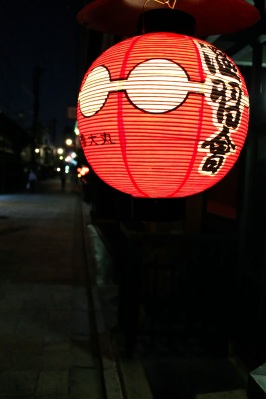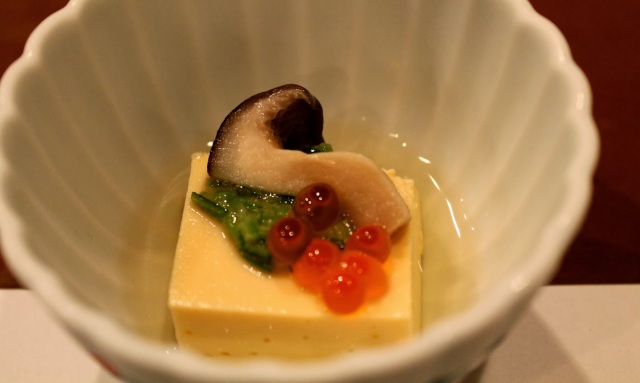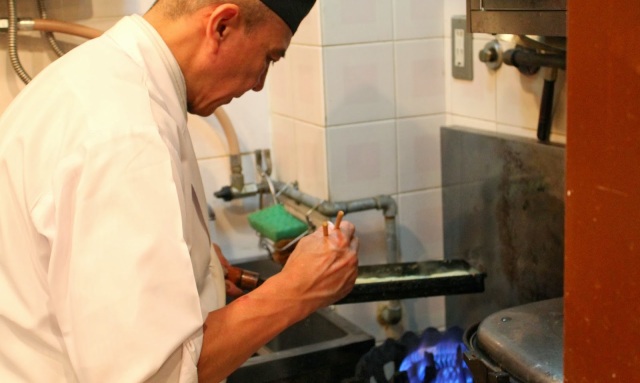Today I boarded the Shinkansen super-express high-speed railway, traveling from Tokyo to Kyoto. It saddened me to leave Shinjuku and my genial host, Oto-san, but I was eager to continue my exploration of Japan.
While I will miss breakfast in Oto-san’s kitchen—with its view of Tokyo’s skyline—I’m looking forward to my stay at the Hotel Nikko Princess. Located in the heart of Kyoto, the Nikko Princess is convenient to restaurants as well as business and shopping centers. The concierge set me up with a great tour and his suggestions on where to find the best ramen, sobu, and tempura in the city, were spot on.
My afternoon is quickly disappearing and I’m hungry so I head for Nishiki Market to check out what remains of the day’s fare. Nishiki Market is a narrow, five-block shopping street lined by more than one hundred shops and restaurants. Known as ‘Kyoto’s Kitchen’, it’s foodie paradise and the logical place to satisfy my need for lunch. Exotic specialties beautifully displayed, I finally made my selections and feasted on eel, candied kumquats and octopus.
Crowning the east entrance of Nishiki Market, the Nishiki Tenmangu Shrine welcomes both visitor and the faithful. Here resides the god of the brain dedicated to wisdom, knowledge and business acumen. As I understand it, the lanterns bearing the names of market shopkeepers are tangible petitions for good fortune and success.
Hunger satisfied, energy restored, I met up with the Gion Night Walk in Kitaza. The casual (just show up—reservations not needed) night walk tours Kyoto’s most traditional district where the culture of Kagai, the world of maiko and geiko (better known as geisha) are still very much alive and well. Mary, our tour guide, was knowledgeable and entertaining, her historical commentary adding depth to our experience. We watched a geiko walk into a prominent teahouse, but she was too quick for me to snag a photo. Mary said there are far fewer geikos than one might imagine and it is quite rare to see one.
Luckily, I did get to see two young girls walking out of a okiya, which is a boarding house for maikos. They weren’t in full make-up, which leads me to believe they were ‘maiko-in-training’.
Leaving the Gion tour, I’m ready for a late dinner at Shunsai Tempura Arima and my favorite Japanese meal so far—the Ume set course. Arima, the itame, artfully prepared each dish himself and served it with a description of the ingredients and preparation, which I found charming and helpful. Arima’s has seating for sixteen, creating an intimate atmosphere and a long wait or missed opportunity without a reservation.
Arima gives me the ‘thumbs-up’ after attempting to learn some Japanese cuisine jargon.
Tomorrow I’m off to the shrines!




















One thought